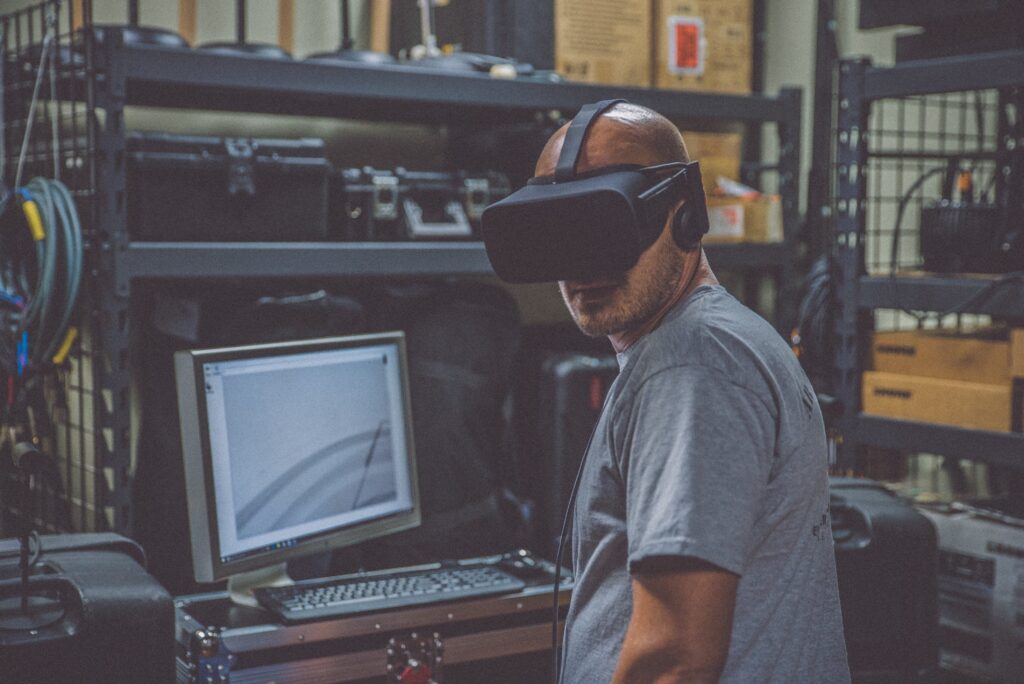Augmented Reality and Virtual Reality are Poised to Change the IoT World

Revenues for the augmented reality and virtual reality markets are projected to grow from $5.2 billion in 2016 to more than $162 billion in 2020, according to market intelligence firm IDC. Like IoT itself, the uses for augmented reality and virtual reality technologies are viewed as transformative and have the potential to dramatically change how businesses operate.
Primarily augmented and virtual reality use set of computer-generated images which users can input context to change the overall experience. Here is the sweet spot for companies with IoT devices but to do so, businesses must contextualize IoT data and analytics.
The Internet of Things (IoT) provides customer-centric organizations with a unique opportunity to connect to key clients and improve service outcomes. Companies can couple the technology with IoT devices and analytics into customer value to improve:
- Streamline business processes
- Patient support
- Proactive customer service
- Supply chain and delivery
- And more

One of the use cases for business could be on field servicing and repairing of equipment. Currently, the method of training is mostly on manuals and procedures which are documented. IoT with augmented and virtual reality can bring a simulation of an ecosystem before the actual work is carried out so that operations are without any failures.
Companies can come up with immersive experiences with different sensors and IoT data points to present and train realistic scenarios. Just in time diagnostics, coupled with IoT enabled production machines at factory shop floors can give technicians real-time data and charts to help take correct and insightful decisions. While the potential uses for augmented reality and virtual reality extend beyond the imagination, this market is at an early stage of development.



